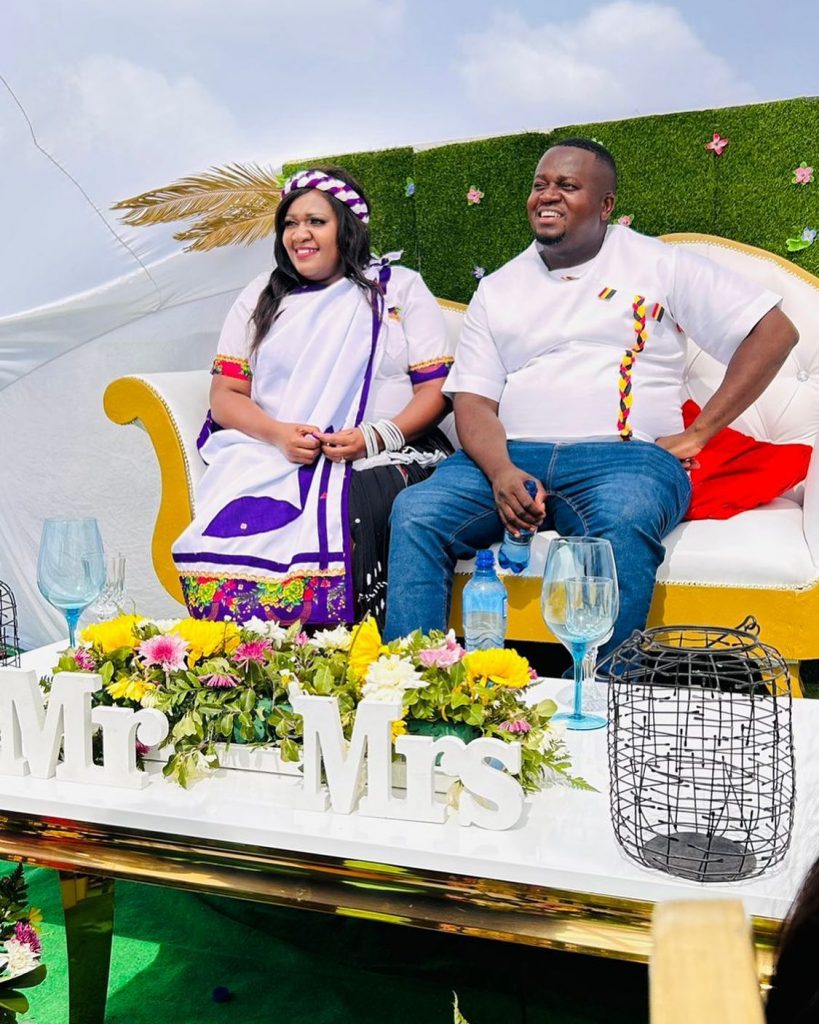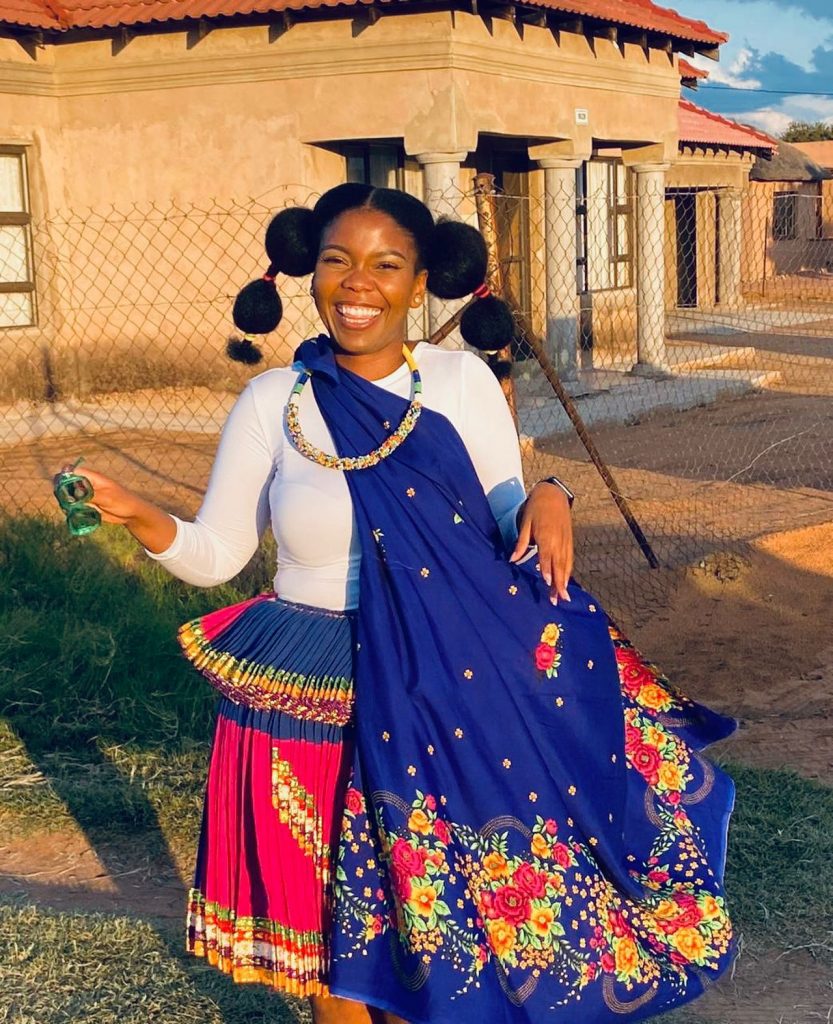A Closer Look at the Intricate Designs of Tsonga Traditional Attire
A Closer Look at the Intricate Designs of Tsonga Traditional Attire
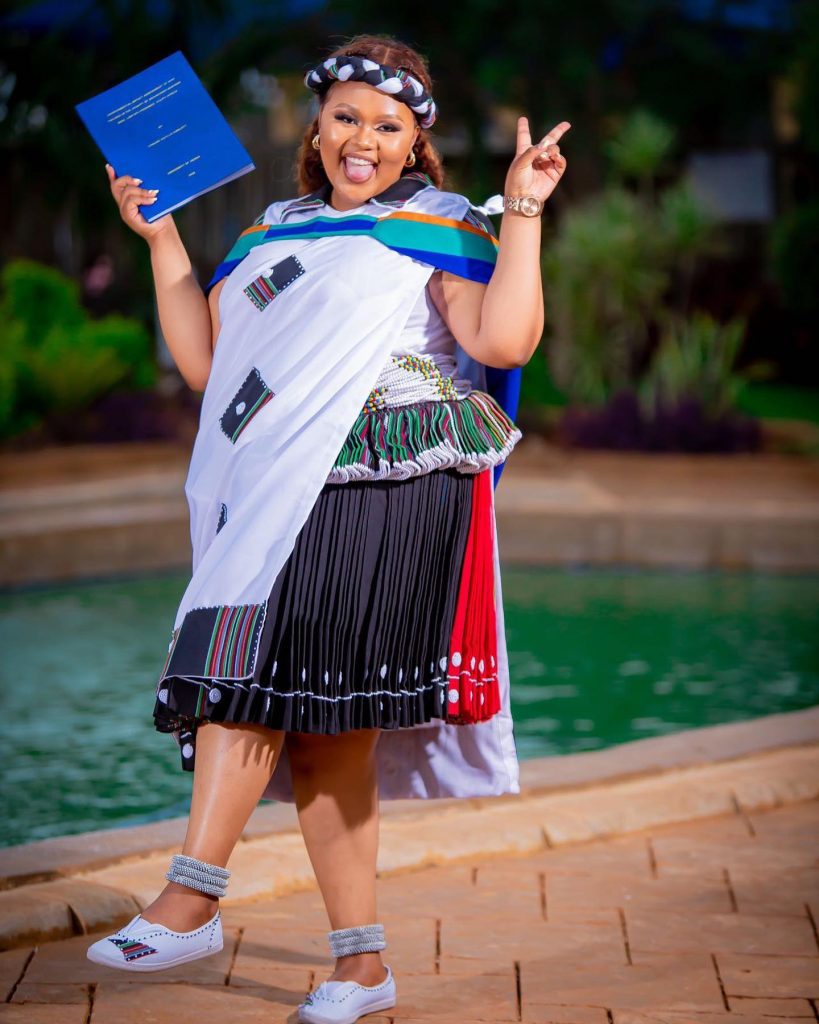
Tsonga Traditional Attire for Women
Components and features of Tsonga traditional attire for women
Tsonga traditional attire for women is known for its intricate designs and vibrant colors. The attire typically consists of several components that come together to create a stunning and unique look.
One of the key components is the xibelani skirt, which is made from colorful fabric and features pleats that create a flowing effect when the wearer dances. The skirt is often paired with a matching top, which can be a blouse or a vest-like garment.
Another important feature of Tsonga traditional attire for women is the headwrap or doek. The headwrap is usually made from the same fabric as the skirt and is worn in various styles to complement the overall look.
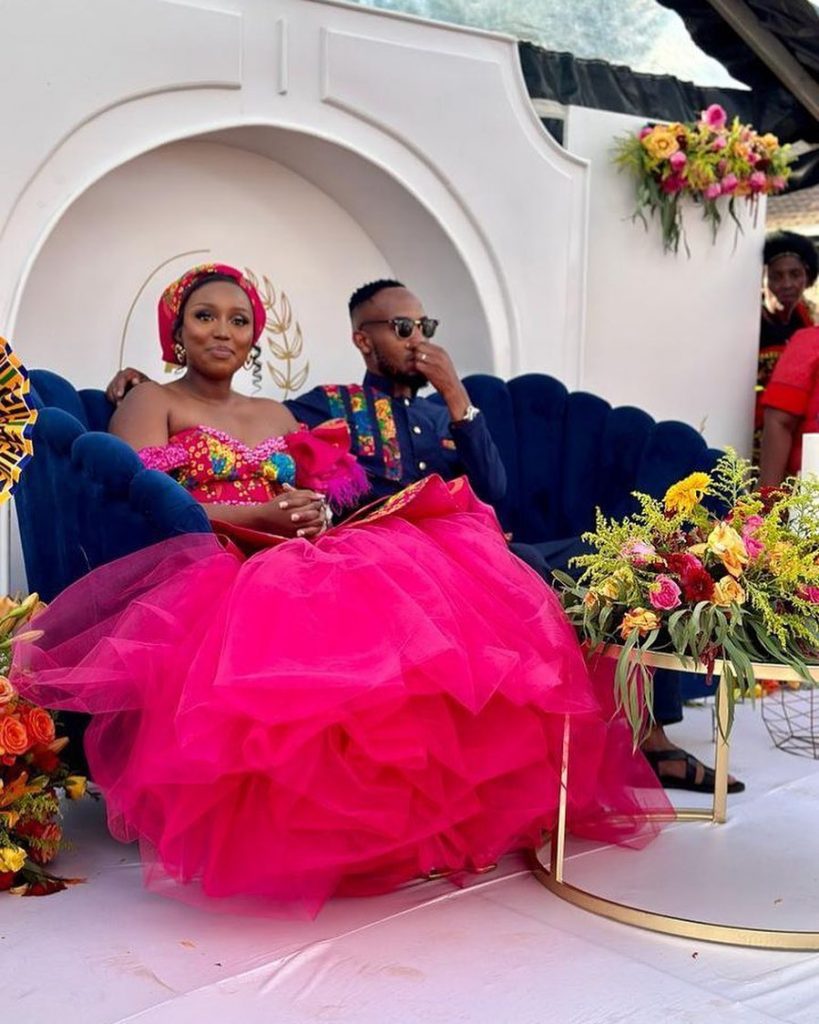
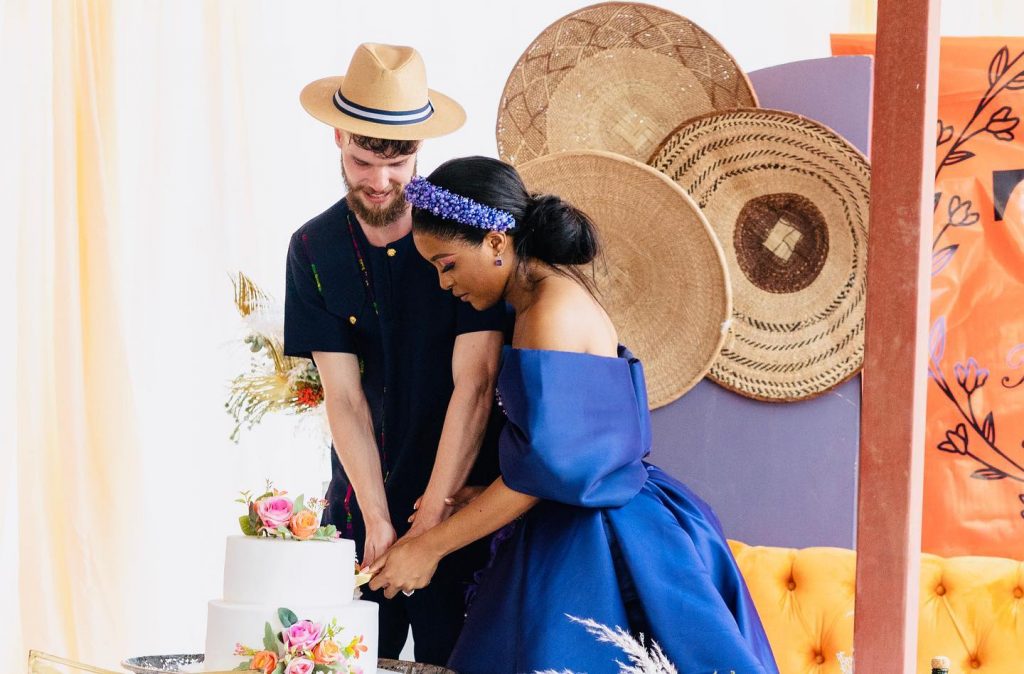
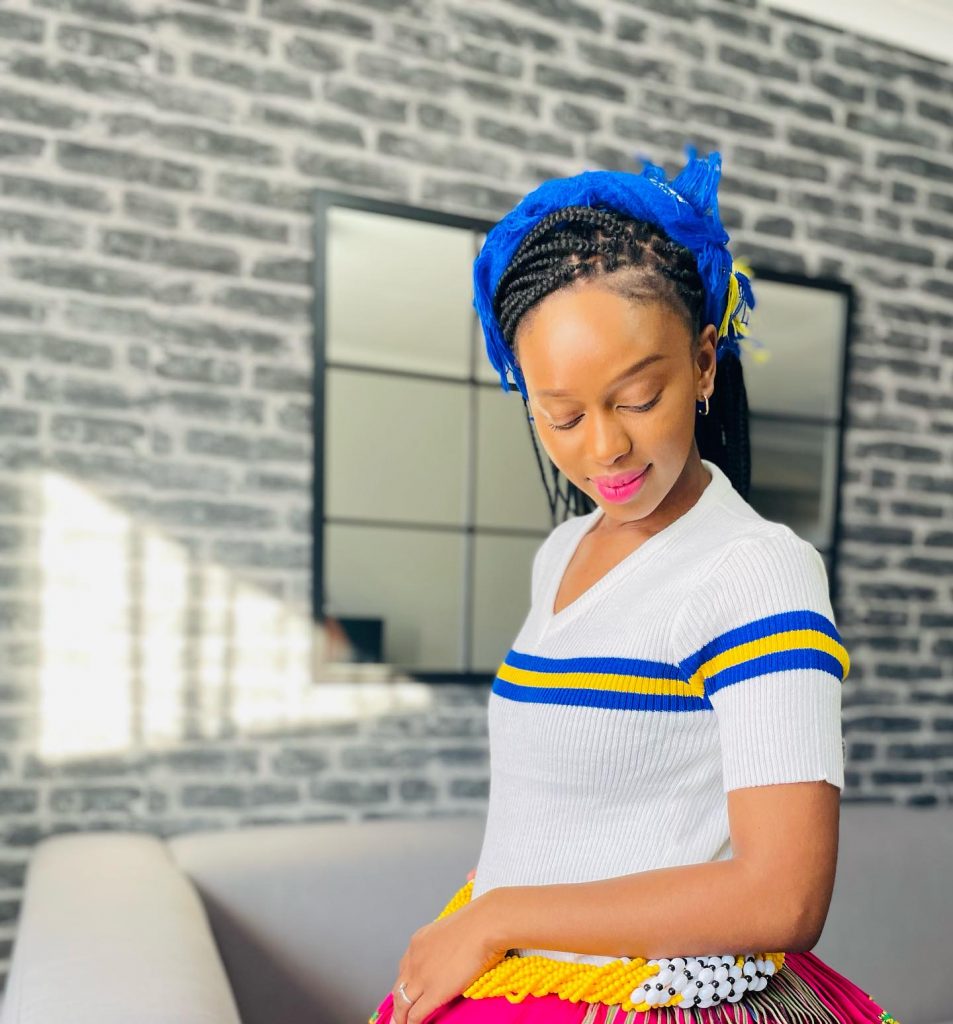
Accessories also play a significant role in Tsonga traditional attire. Women often wear beaded necklaces, bracelets, and anklets to enhance their outfits. These accessories are intricately crafted and feature vibrant colors that add to the overall aesthetic.
The designs of Tsonga traditional attire are deeply rooted in the culture and traditions of the Tsonga people. Each piece of clothing and accessory tells a story and represents a specific aspect of their heritage.
Overall, Tsonga traditional attire for women is a beautiful expression of culture and identity. Its intricate designs, vibrant colors, and meaningful components make it a truly unique and captivating style. Whether worn for special occasions or everyday wear, Tsonga traditional attire celebrates the rich cultural heritage of the Tsonga people.
Patterns and Colors in Tsonga Traditional Attire
Explanation of the intricate patterns and vibrant colors used in Tsonga attire
Tsonga traditional attire is known for its stunning and intricate designs that reflect the rich cultural heritage of the Tsonga people. The patterns and colors used in Tsonga attire hold significant meaning and symbolism.
The patterns found in Tsonga traditional attire often depict elements from nature, such as animals, plants, and geometric shapes. These patterns are meticulously woven or embroidered onto the fabric, creating a visually captivating effect. Each pattern tells a story and represents a specific aspect of Tsonga culture.
Vibrant colors play a vital role in Tsonga traditional attire. The use of bold and bright hues like red, blue, yellow, and green is common. These colors not only add visual appeal but also carry symbolic meanings. For example, red represents energy and power, while blue symbolizes spirituality and protection.
The combination of intricate patterns and vibrant colors in Tsonga traditional attire creates a visually striking ensemble that is both unique and meaningful. It showcases the creativity and craftsmanship of the Tsonga people, as well as their deep connection to their cultural roots.
Whether worn for special occasions or everyday wear, Tsonga traditional attire is a testament to the beauty of African fashion and the importance of preserving cultural traditions. It serves as a reminder of the rich history and heritage of the Tsonga people, while also making a bold fashion statement.
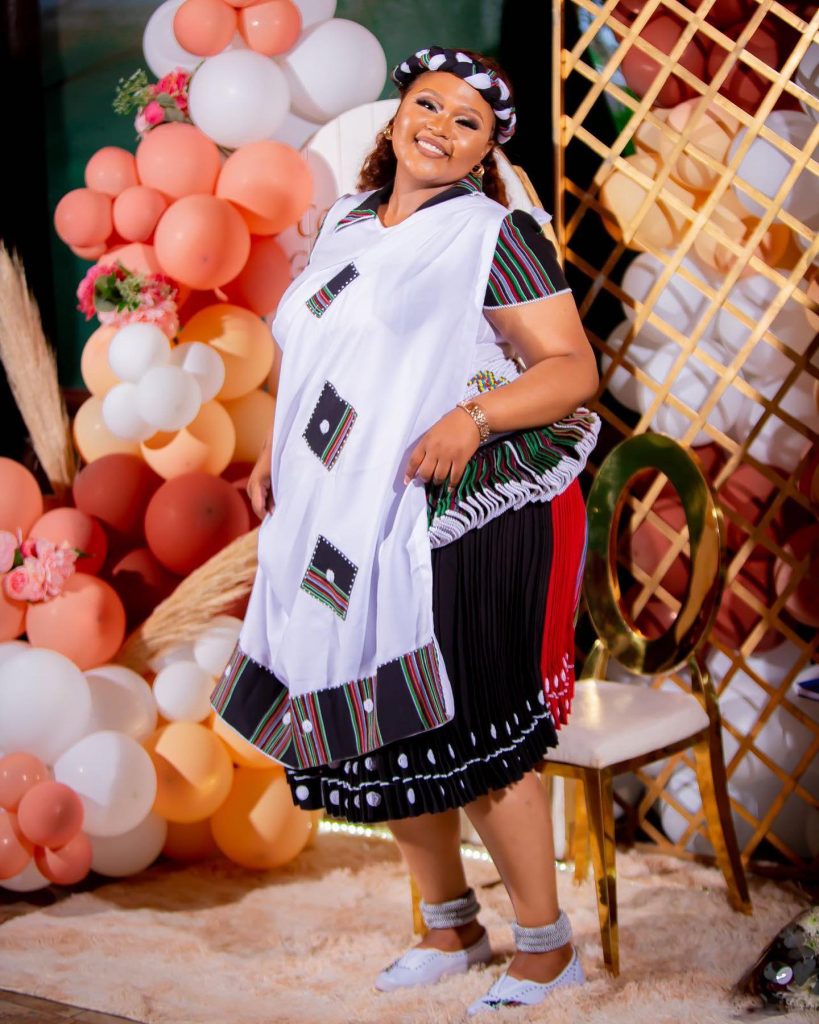
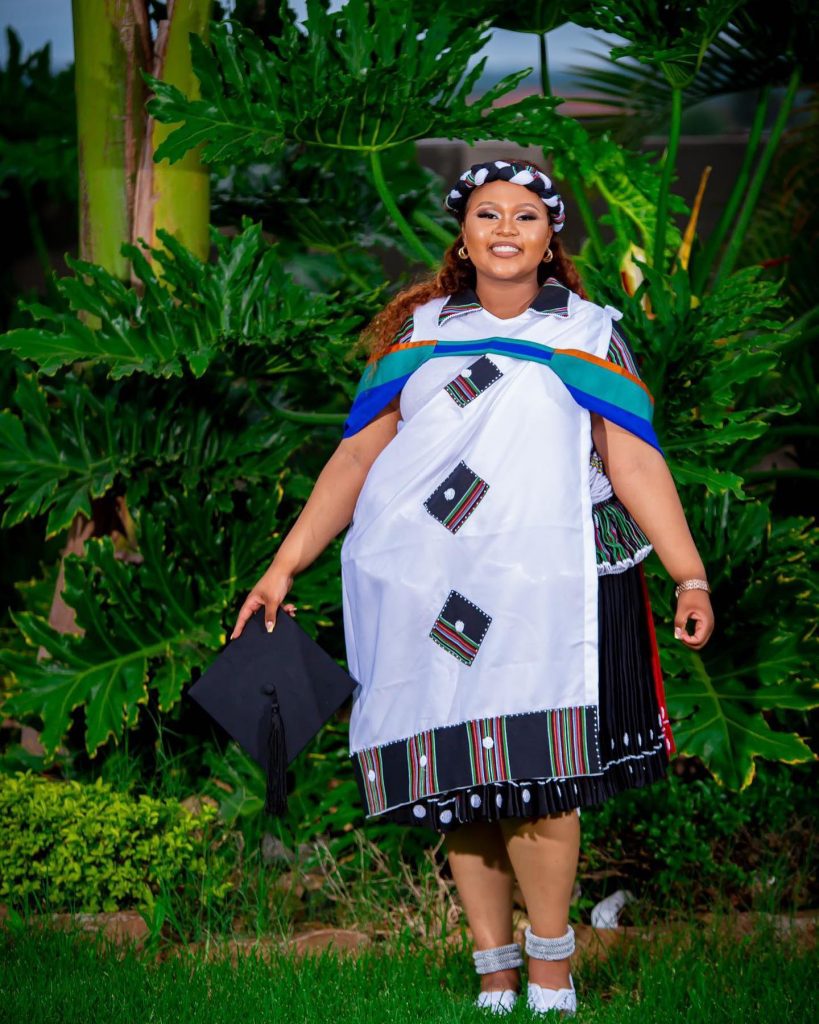
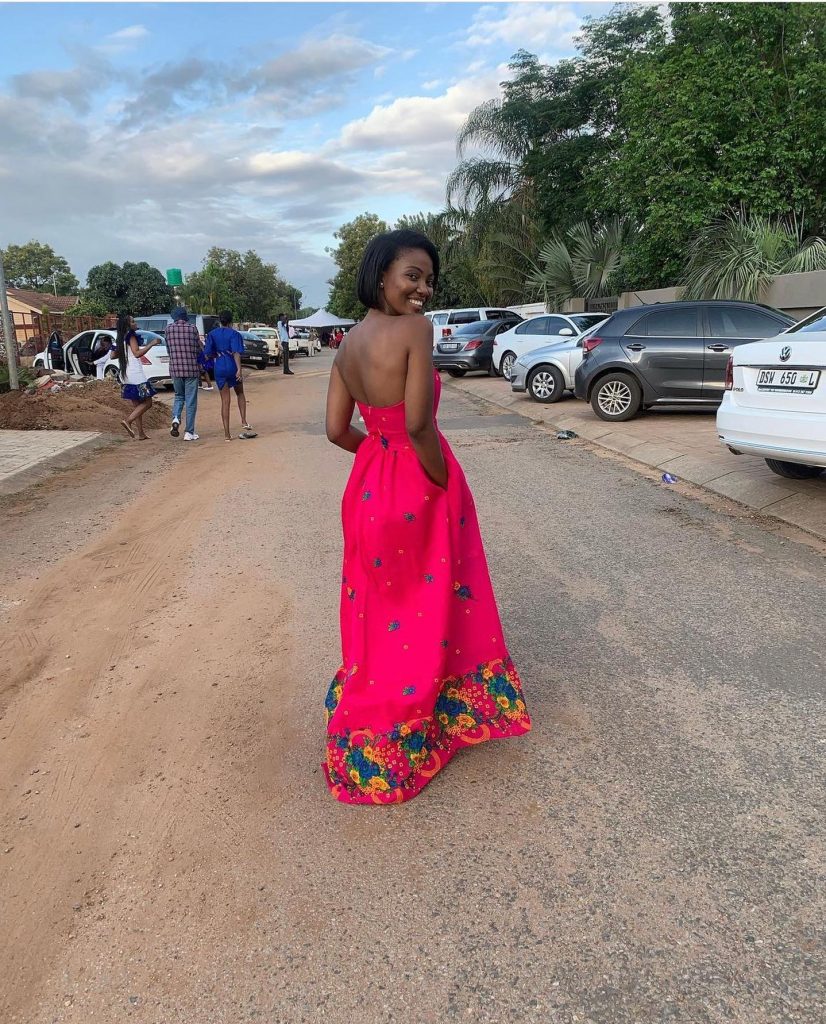

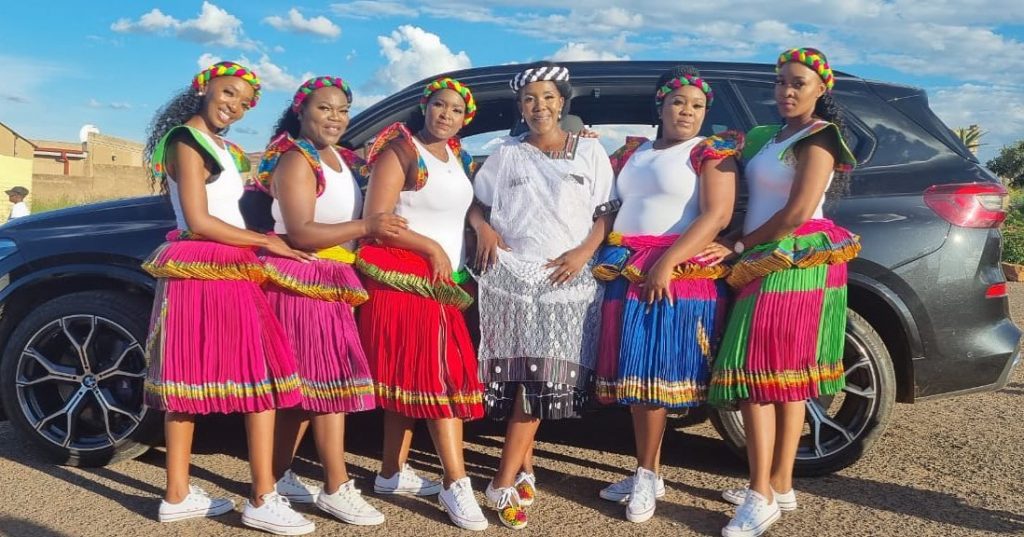
Materials Used in Tsonga Traditional Attire
Discussion of the fabrics and materials commonly used in Tsonga traditional attire
Tsonga traditional attire is known for its intricate designs and vibrant colors. The materials used in creating these beautiful garments play a significant role in capturing the essence of Tsonga culture.
One of the most commonly used fabrics in Tsonga traditional attire is Shweshwe. This cotton fabric, originally from Europe, has become a staple in Tsonga fashion. It features intricate geometric patterns and is available in a wide range of colors, allowing for endless creativity in design.
Another fabric frequently used is Xibelani, which is a type of pleated skirt. Xibelani skirts are made from colorful fabrics such as chiffon or satin, and they are adorned with intricate beadwork and embroidery. These skirts are known for their voluminous shape and fluid movement, making them a symbol of pride and identity for Tsonga women.
In addition to these fabrics, Tsonga traditional attire often incorporates other materials like cowrie shells, feathers, and animal skins. These elements add texture and cultural significance to the garments, reflecting the connection between the Tsonga people and their natural surroundings.
The combination of these fabrics and materials results in visually stunning attire that showcases the rich heritage and traditions of the Tsonga people. Each piece tells a story and represents a unique expression of cultural identity.
Overall, the use of Shweshwe fabric, Xibelani skirts, and other traditional materials contributes to the beauty and uniqueness of Tsonga traditional attire, making it a cherished part of their cultural
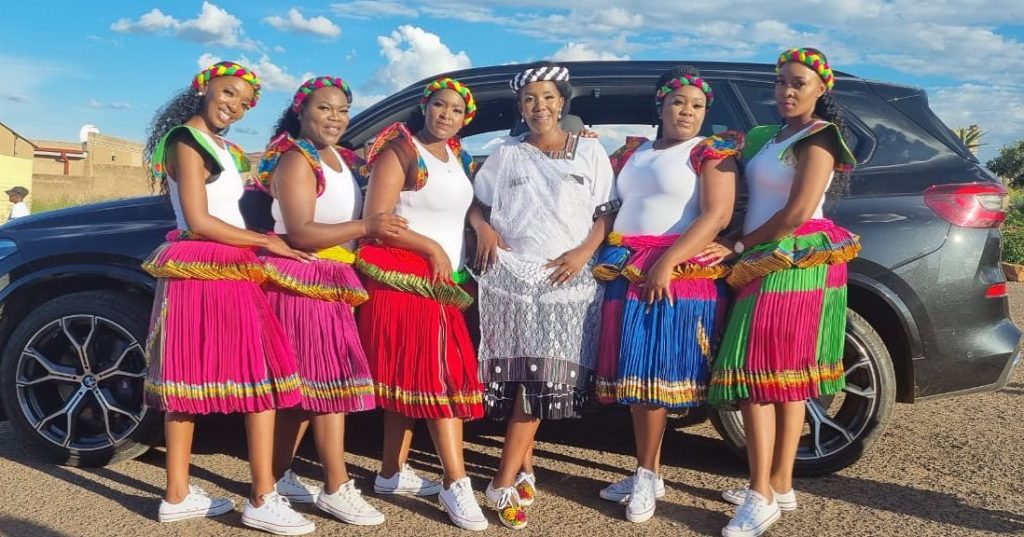
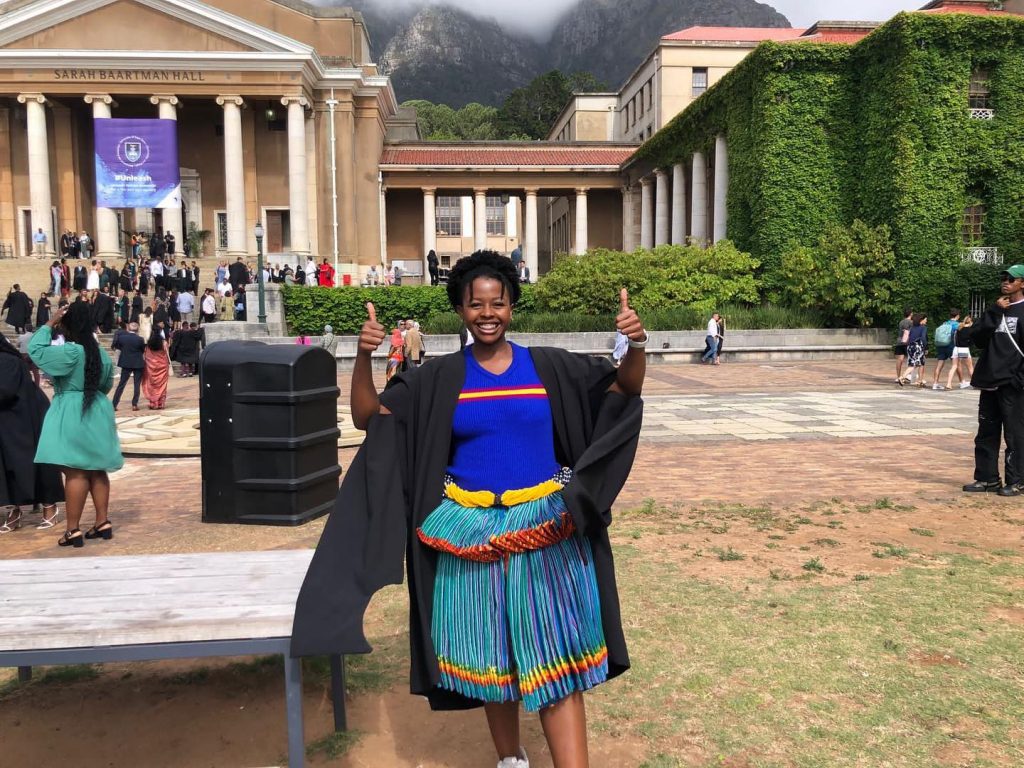
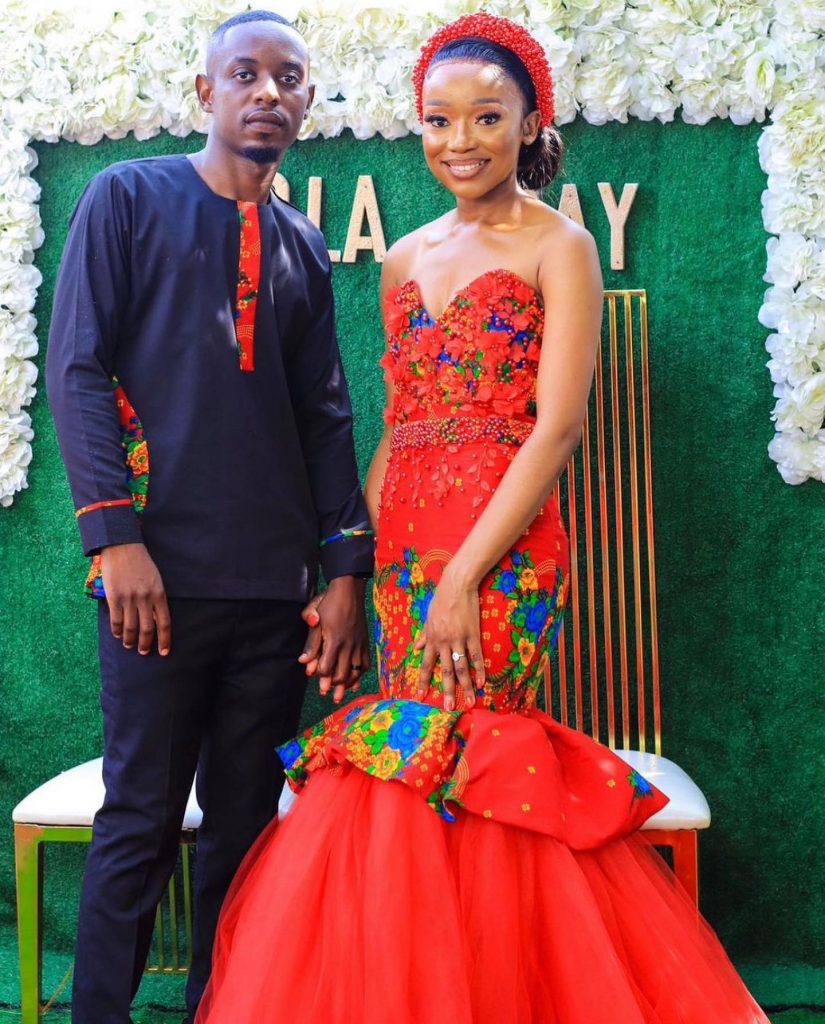
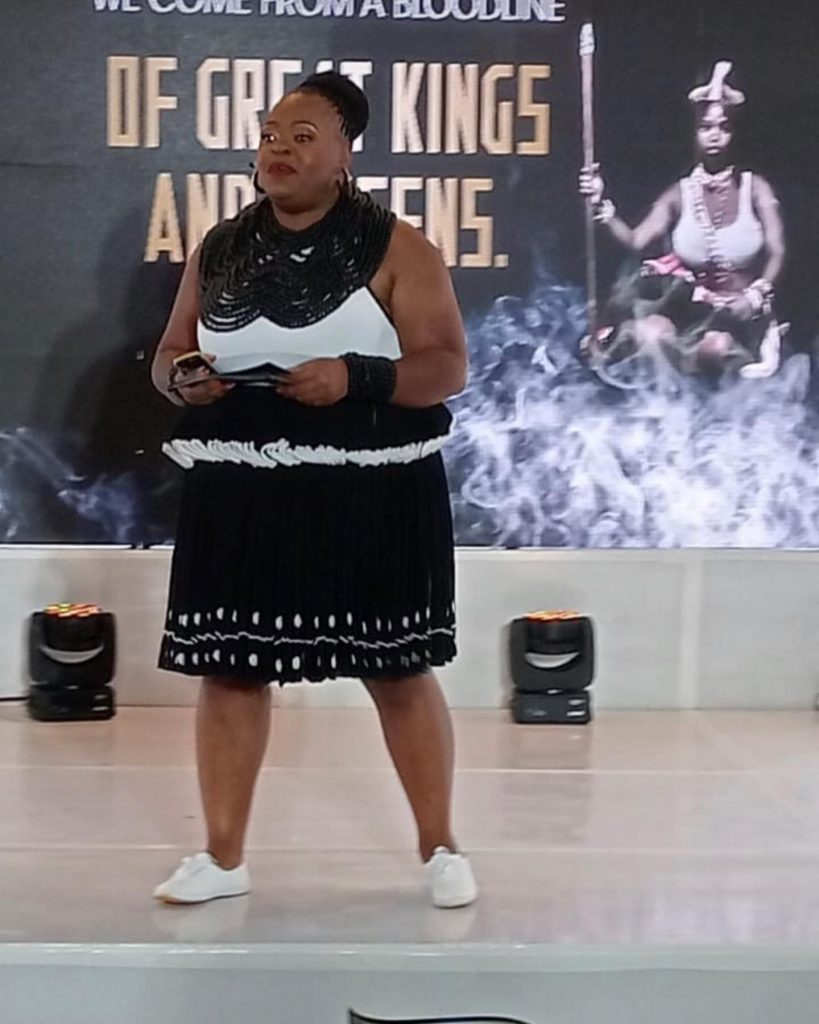
Accessories in Tsonga Traditional Attire
Overview of the various accessories and their significance in Tsonga traditional attire
Tsonga traditional attire is known for its intricate designs and vibrant colors. The attire is not complete without the addition of various accessories that hold cultural and symbolic significance.
One of the key accessories is the beaded necklace, which is worn by both men and women. These necklaces are meticulously crafted using colorful beads and often feature unique patterns that represent different aspects of Tsonga culture.
Another important accessory is the traditional headband, known as a “xibelani.” This headband is made from colorful fabric and is worn by Tsonga women as a symbol of their cultural identity. The xibelani is not only a fashion statement but also serves as a way to honor their heritage.
In addition to the necklace and headband, Tsonga traditional attire also includes other accessories such as bracelets, anklets, and earrings. These accessories are often adorned with beads and shells, adding an extra touch of elegance to the overall look.
The intricate designs and careful craftsmanship of these accessories reflect the rich cultural heritage of the Tsonga people. Each accessory tells a story and represents a connection to their ancestors.
Overall, the accessories in Tsonga traditional attire play a vital role in preserving the cultural identity of the Tsonga people. They serve as a visual representation of their heritage and add an element of beauty and uniqueness to their traditional outfits.
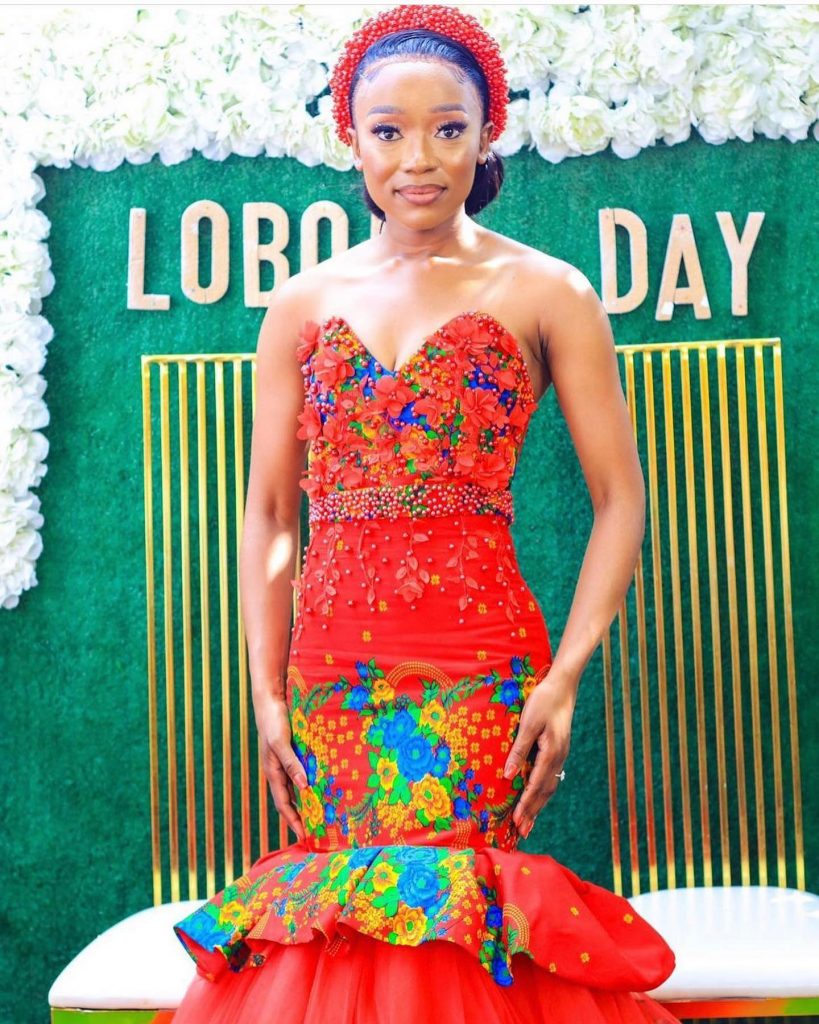
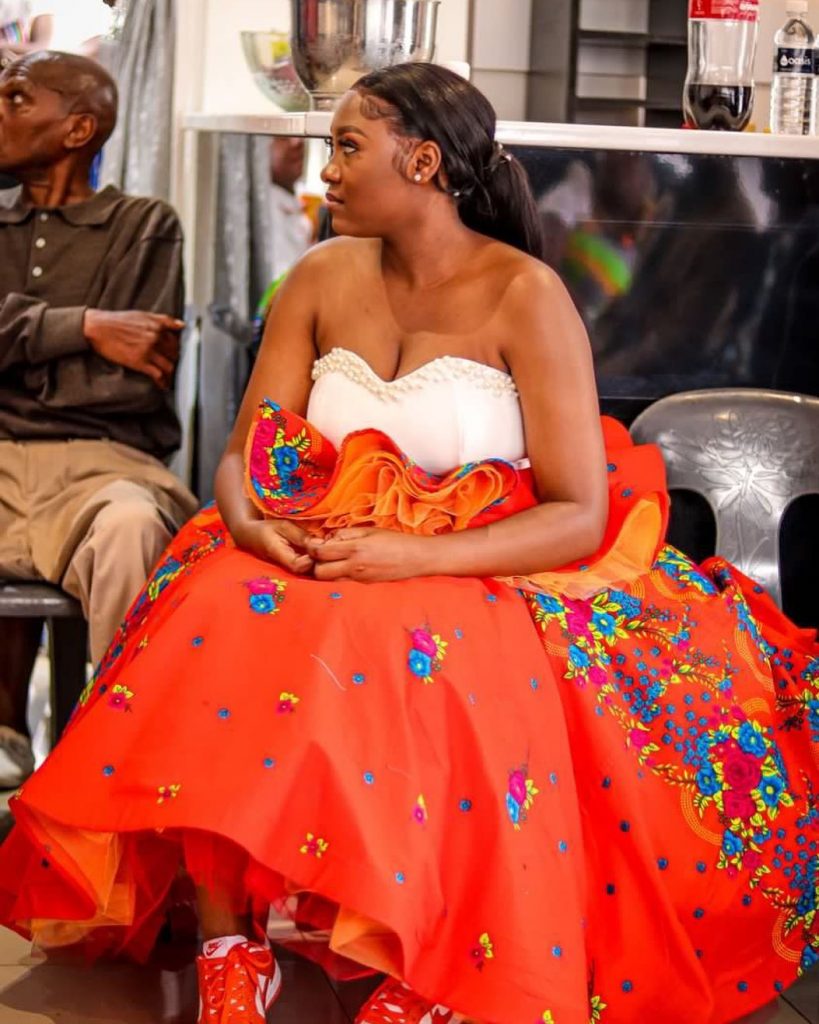
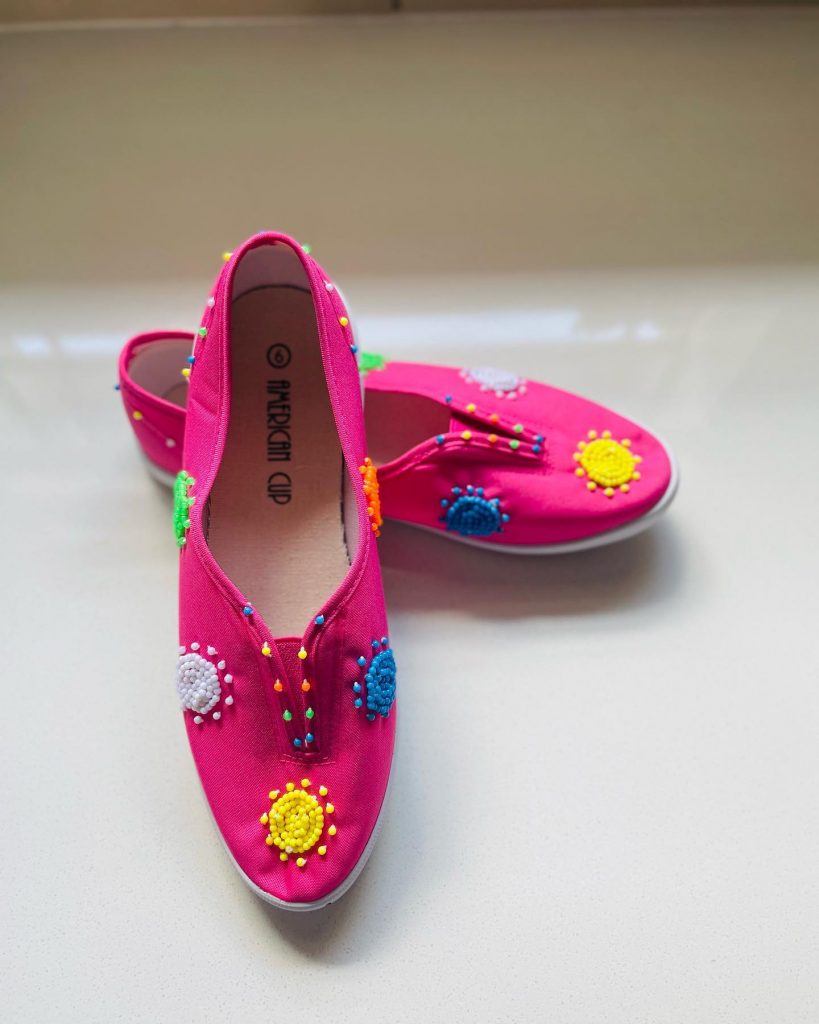
Cultural Significance of Tsonga Traditional Attire
Insight into the cultural and symbolic meanings associated with Tsonga traditional attire
Tsonga traditional attire is not just clothing; it is a reflection of the rich cultural heritage and identity of the Tsonga people. Each intricate design and pattern holds deep symbolic meanings that are passed down through generations.
The vibrant colors used in Tsonga traditional attire represent various aspects of life. For example, red symbolizes power and vitality, while blue represents spirituality and healing. The patterns and motifs found on the garments often depict animals, plants, or natural elements, which hold spiritual significance in Tsonga culture.
Wearing Tsonga traditional attire is not only a way to showcase cultural pride but also a means of storytelling. Each garment tells a unique story, conveying messages about the wearer’s social status, age, marital status, or even their role within the community.
Furthermore, Tsonga traditional attire plays a significant role in ceremonies and celebrations. It is worn during important occasions such as weddings, initiation rites, and ancestral rituals. The attire serves as a visual representation of unity, tradition, and respect for ancestors.
In recent years, there has been a resurgence in the popularity of Tsonga traditional attire as people recognize its cultural value. It has become a fashion statement that celebrates diversity and promotes cultural appreciation.
Overall, Tsonga traditional attire is more than just clothing; it is a powerful symbol of identity, heritage, and cultural pride for the Tsonga people.
Evolution and Preservation of Tsonga Traditional Attire
When it comes to traditional attire, the Tsonga people have a rich and vibrant history that is reflected in their clothing.
Examining how Tsonga traditional attire has evolved and efforts to preserve the cultural heritage
The Tsonga traditional attire has evolved over the years, adapting to changing times while still preserving its cultural significance.
- Intricate Designs: Tsonga traditional attire is known for its intricate designs, which often include vibrant colors, geometric patterns, and beadwork. These designs not only showcase the creativity and craftsmanship of the Tsonga people but also hold symbolic meanings.
- Preserving Cultural Heritage: Efforts have been made to preserve the cultural heritage associated with Tsonga traditional attire. Organizations and individuals are working towards documenting and promoting the history, techniques, and significance of these garments. This ensures that future generations can appreciate and continue to celebrate this unique aspect of Tsonga culture.
- Modern Adaptations: While traditional attire remains an important part of Tsonga culture, there have also been modern adaptations to meet contemporary fashion trends. This allows for a fusion of traditional elements with modern styles, making Tsonga traditional attire relevant in today’s world.
- Celebrating Identity: Wearing Tsonga traditional attire is not just about fashion; it is a way for individuals to express their identity, pride, and connection to their heritage. It serves as a visual representation of their cultural roots and fosters a sense of community among the Tsonga people.
By understanding the evolution and preservation of Tsonga traditional attire, we can appreciate the beauty and significance behind these intricate designs that continue to be cherished by the Tsonga community.
Conclusion
Tsonga traditional attire is not just clothing; it is a representation of the rich cultural heritage and beauty of the Tsonga people. The intricate designs, vibrant colors, and meticulous craftsmanship tell stories and reflect the values and traditions of the community. By appreciating and embracing Tsonga traditional attire, we can celebrate diversity, preserve cultural heritage, and promote inclusivity. So next time you see someone wearing Tsonga traditional attire, take a moment to admire the beauty and significance behind it.
Appreciation of the beauty and cultural significance of Tsonga traditional attire
Tsonga traditional attire is characterized by its intricate designs, vibrant colors, and attention to detail. Each garment tells a unique story and reflects the values and traditions of the Tsonga community. The use of symbols, patterns, and colors in the attire carries deep cultural meanings, such as fertility, spirituality, and social status. By wearing Tsonga traditional attire or appreciating its beauty, individuals can connect with the rich cultural heritage of the Tsonga people.

